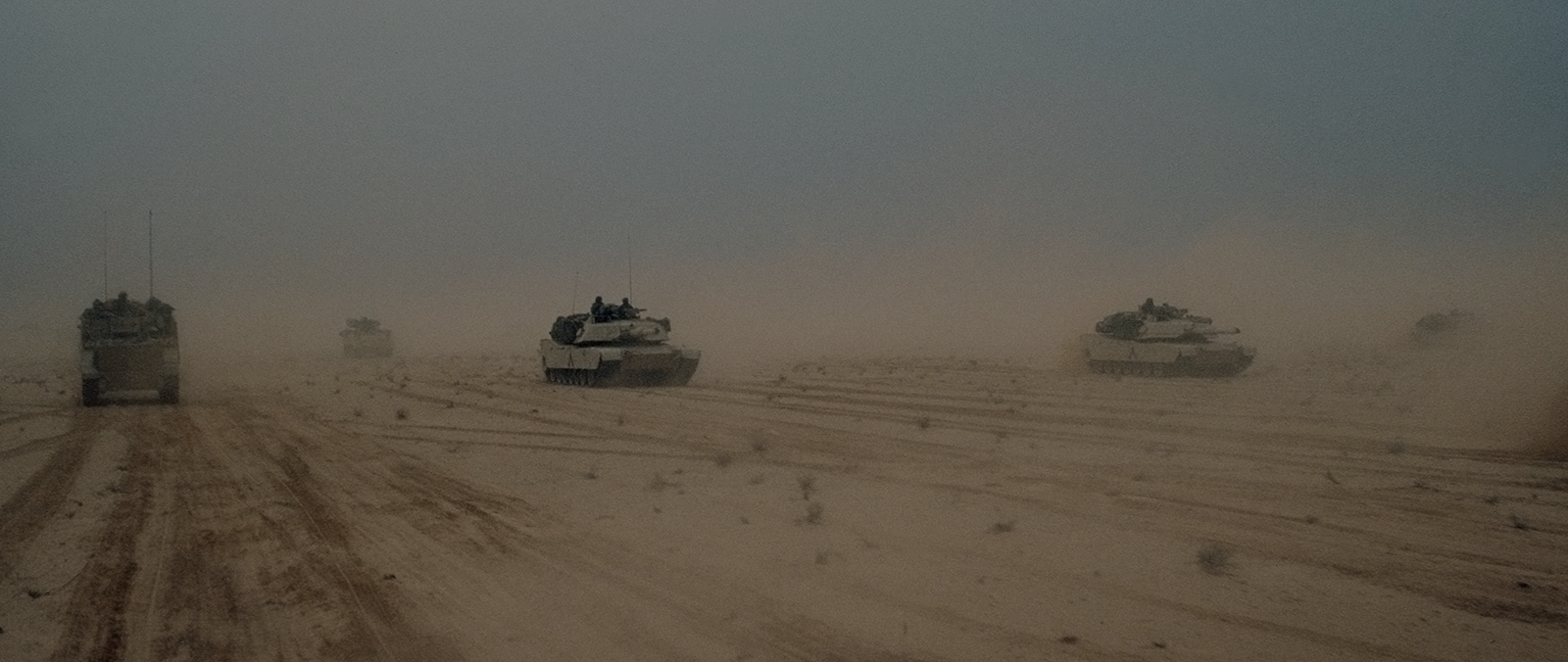
ARTILLERY SYSTEMS
Why do you need
Inertial Navigation Systems for Artillery Systems?
Inertial Navigation Systems (INS) play a role in artillery systems by providing self-reliant navigation capabilities for various important reasons. Let's explore some factors that highlight the significance of navigation systems in artillery systems;
- Independent Positioning - Artillery systems often operate autonomously. The inclusion of Inertial Navigation Systems enable them to accurately determine their position without relying on external signals or reference points. This independent capability is crucial for deployment and effective operation in environments.
- GPS challenged Scenarios - Inertial Navigation Systems prove valuable in situations where Global Positioning System (GPS) signals may be obstructed simply unavailable. By incorporating INS technology, artillery systems can maintain navigation capabilities when confronted with GPS denied environments like urban settings or dense forests.
- Enhanced Precision Targeting - By leveraging Inertial Navigation Systems, artillery systems achieve precision in targeting. The availability of navigation data allows for aiming and targeting of artillery rounds significantly improving engagement effectiveness while minimizing the risk of unintended damage.
- Swift Deployment and Redeployment - Artillery systems equipped with INS have the advantage of deployment and redeployment to locations. The ability to independently determine position enables efficient movement making it difficult for adversaries to predict and counter artillery positions effectively.
These reasons underline why Inertial Navigation Systems are components, within artillery systems contributing to their efficiency and overall effectiveness.
- Operational Flexibility - Inertial Navigation Systems offer artillery systems the ability to operate in terrains and environments providing them with flexibility. This is especially crucial, in operations where forces may come across landscapes.
- Reduced Reliance on External Infrastructure - By reducing the dependence of artillery systems on infrastructure like ground based reference points or communication with control centers, INS enhances the mobility and adaptability of artillery units.
- Extended Range Capability - Inertial Navigation Systems significantly contribute to the range capability of artillery systems. With navigation data, INS enables artillery units to engage targets at distances while improving precision.
- Resilience against Electronic Warfare -Artillery systems are susceptible to warfare tactics that can disrupt or jam communication and navigation signals. However INS operates independently of signals making artillery systems more resilient against warfare threats.
- Improved Accuracy in Firing Solutions -Inertial Navigation Systems play a role in calculating firing solutions for artillery rounds. The accurate position and orientation data provided by INS greatly enhance the precision of firing solutions ensuring that rounds reach their intended targets with heightened accuracy.
- Redundancy in Navigation Systems -Inertial Navigation Systems are often used alongside navigation technologies to provide redundancy for reliability.
This ensures that artillery systems can maintain navigation even if one part of the navigation system malfunctions or is compromised. In essence Inertial Navigation Systems play a role in making artillery systems effective and versatile. They offer accurate navigation capabilities aiding in targeting, swift deployment and adaptability, in various military situations.
Contact Us for more information.
